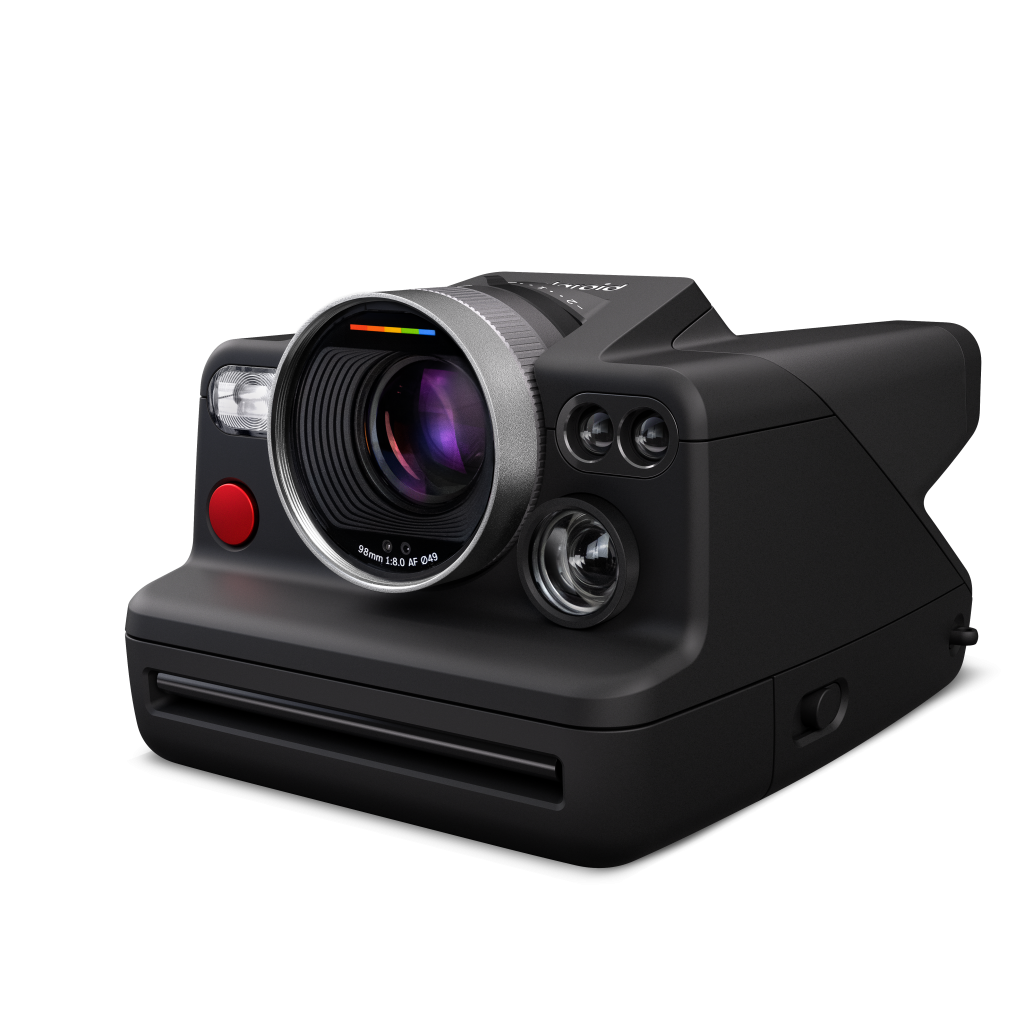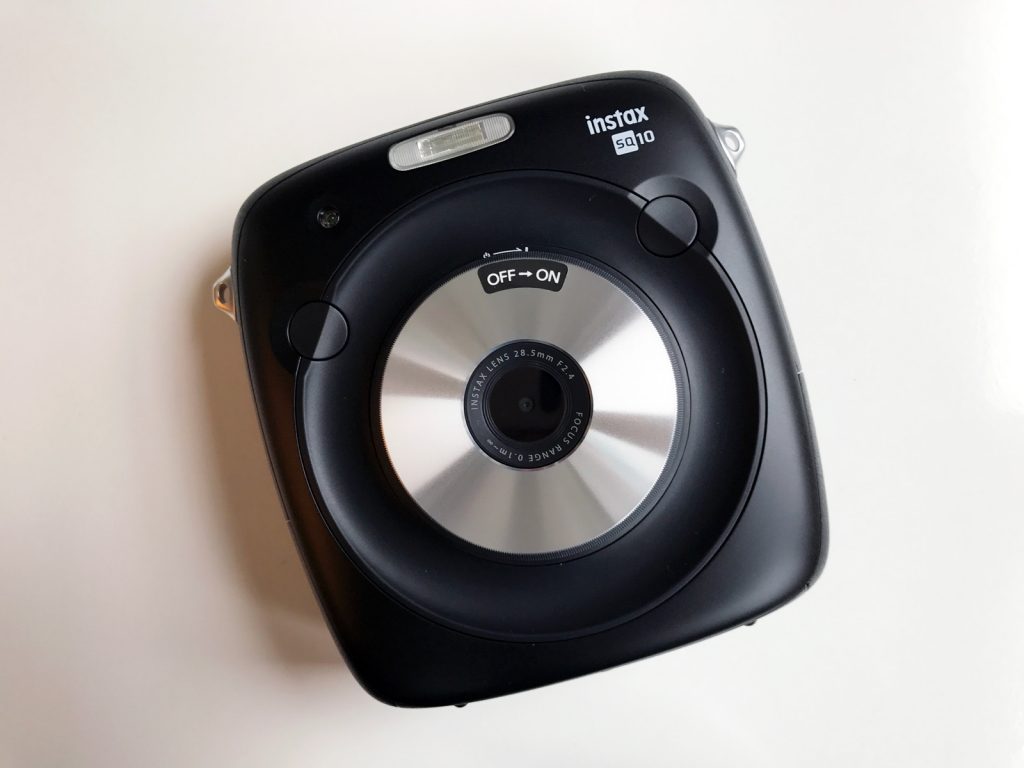Capturing Alaska on a Cellphone
Glaciers, dogsledding and landscapes remembered through Microsoft Lumia’s phone camera and software
Home to seven out of 10 of the largest national parks in the United States (and the federal government happens to be the largest landowner in the state), Alaska is, without a doubt, one of the most unique places in the country. There’s more to The Last Frontier than lots of snow, king crab legs and Denali—and in between generous helpings of reindeer sausage, we set out to experience Alaska’s breathtaking landscapes for the first time. Here is where we put Microsoft’s Lumia 640 XL LTE‘s 13.0 megapixel camera and imaging features to the test, and the photos in this piece are the result. And in a season where residents don’t turn on their car headlights until August (with the last rays of sun reaching beyond 11PM during our stay), there was almost too much time and natural sunlight in the long days to document our travels.
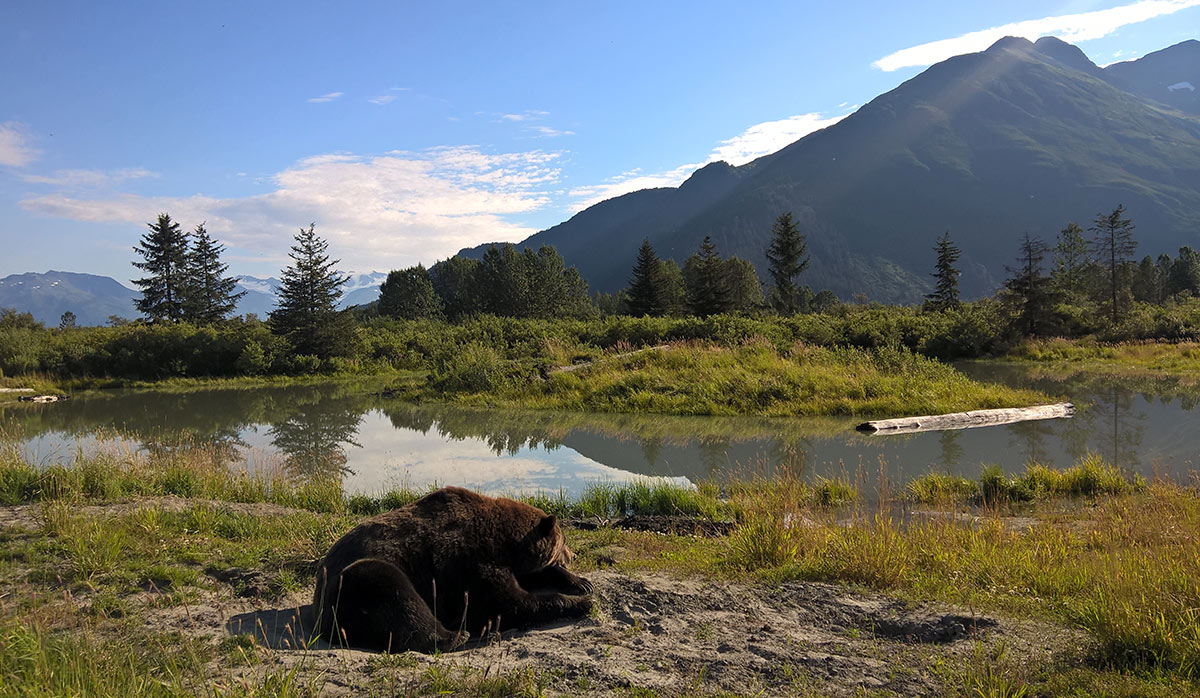
This bigger, upgraded version of the Lumia 640 made its US debut recently at the end of June 2015. The 5.7 inch screen gives it phablet status, protected by a easy-to-grip matte case that pops off if you need to switch microSD or SIM cards. But Microsoft acquired Nokia’s devices and services business last year for a reason—to bring the Finnish company’s cutting-edge camera tech, like Nokia’s much-buzzed about 41MP camera sensor, to more phones. Though not as advanced, yet much more affordable, the 640 XL’s 13MP Zeiss Optics lens is more than enough to do justice to Alaska’s landscapes (and its 5MP wide angle front-facing camera is a little more disappointing)—for $250, off contract.

Once we slowly adjusted to the new operating system, its unique camera features started to come into focus (excuse the pun). There’s more than just manual control options. The Rich Capture function takes multiple photos at once, merging auto HDR (high dynamic range), dynamic flash and dynamic exposure so you can shoot first, then select and edit later. For example, when the flash is used, the camera will take a few photos with and without flash—and you can then decide how much flash you want in the photo using a slider. (Though you don’t want to be using Rich Capture when you’re in a rush to take a lot of photos, as its processing time is a little longer).
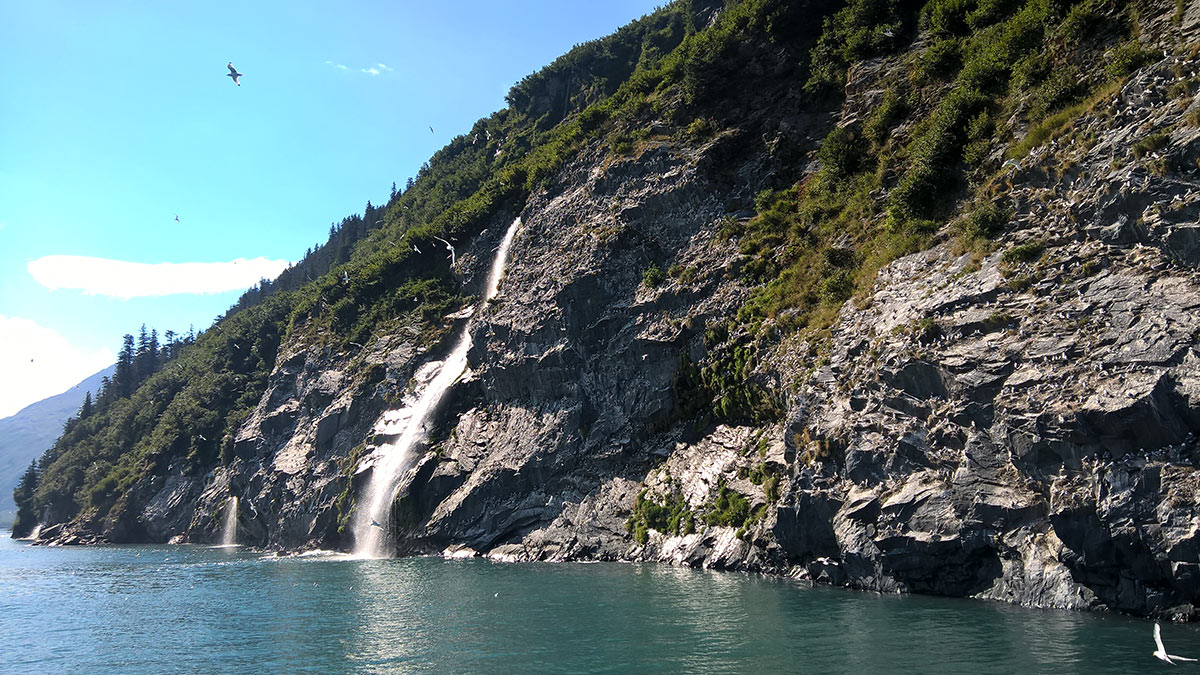
In the Lumia Camera app settings, there’s a toggle for “Living Images.” Turned on, it captures a tiny bit of video automatically just before a photo is snapped, creating a moving moment when viewed later in the Storyteller app. Aside from feeling like the universe of Harry Potter, it really does breathe life into photos. There’s also a native app for creating artsy cinemagraphs, which can be easily exported as GIFs. A recurring theme emerges from the tech: let the camera do more work so you can move your focus from taking the perfect shot to being in the actual moment.
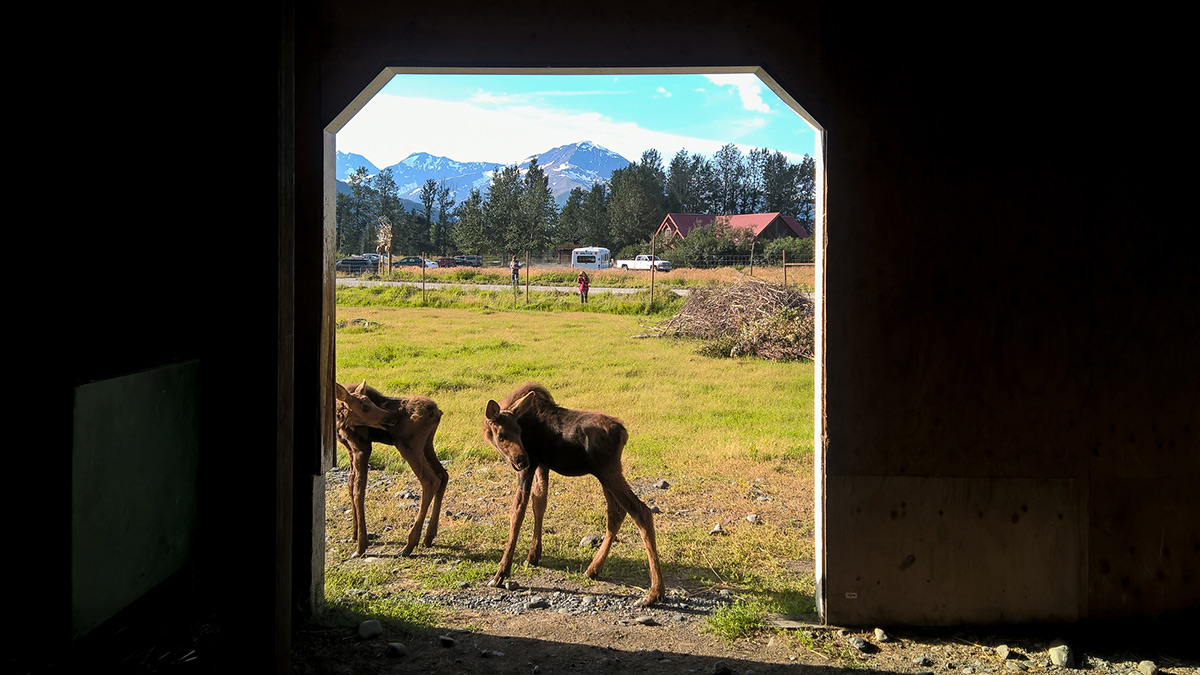
Accessing Microsoft’s cloud, OneDrive, on our work Mac was easy, and syncing photos even easier; the two play well now. Sadly, uploading phone photos directly to Instagram is a pain in the butt at the moment because the app is still in beta mode for Windows phones; it’s a little buggy and has very limited editing capabilities (and outdated filters). One workaround is 6tag, a third-party Instagram app, which among other features, allows you to switch between multiple accounts without logging out.

As Microsoft and other companies advance their cameras and package even more technology into smartphones, the convenience of it all is often taken for granted—and forgotten, overshadowed by other concerns. Though we originally planned to supplement photography with our Canon EOS 60D, it stayed in the suitcase the entirety of the trip after the Lumia camera proved to be a capable alternative. Free of the DSLR’s physical (and mental) burden, we had the opportunity to be more fully present and aware of Alaska’s natural beauty—from viewing calving tidewater glaciers to visiting the orphaned and injured wildlife being nursed back to health at the Conservation Center—and the memories are clearer because of this.
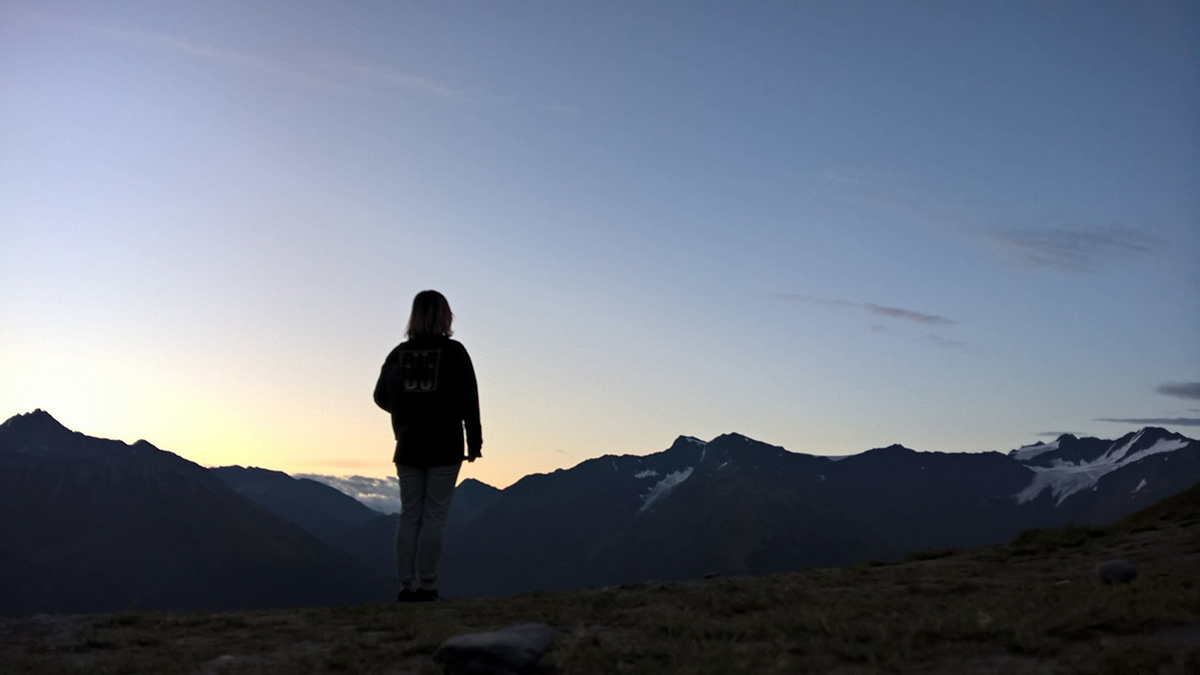
On a whim after dinner, we climbed down a mountain that hosts the longest-continuous double black diamond ski run in North America. The footing was rough on the impossibly steep incline, but it was thrilling to follow the last rays of the sun. Even though the soreness wore off after what felt like a week, the memory of the trek remains, enhanced by a few photos spontaneously snapped halfway—and then the phone was tucked into a back pocket, forgotten about, as we raced to reach the bottom before the dusk fell. Being equipped with a better smartphone camera (and therefore, the guarantee of decent image quality) adds a sense of confidence when throwing yourself into spontaneous adventures; and now it’s up to you to seek out new experiences worth saving to the camera roll.
Final image courtesy of Stephen Alvarez, all others by Nara Shin on Microsoft Lumia 640 XL except product image






